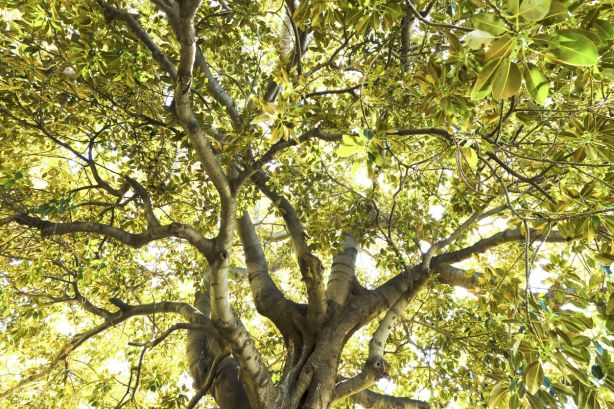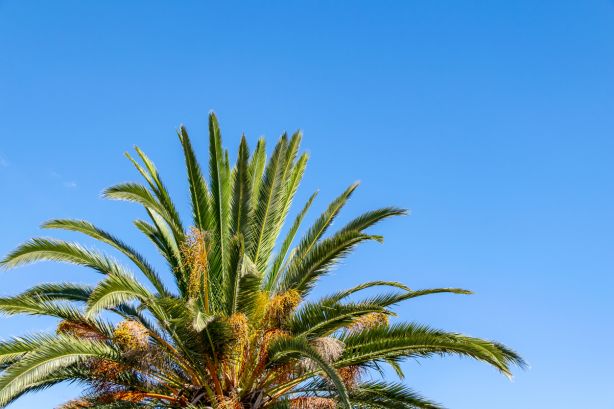When it comes to choosing plants for our garden, a stroll in a garden nursery reveals a plethora of plants from which to choose but are some plants best avoided? Potted rubber plants and ficus trees are popular as indoor plants across Australia. However, if planted out in the garden, these two plants can soon lose their appeal.
Ficus trees (Ficus benjamina) and rubber plants (Ficus elastica) can grow to more than 30 metres in a garden if not regularly maintained. For most suburban gardens, this can be too large. Often when they are first planted, home owners don’t consider the full scale of the problem until 15 years later.
Roots from large trees can damage footpaths, roads and pipes. Often the damage is expensive to repair and can slowly develop over the years. Rod Hanley from Garden Planners Landscaping knows the damage root systems can do to pipes.

Some ficus trees grow so tall, they will not fit in in regular gardens. Photo: iStock
“If a root grows underneath a PVC pipe, over time it becomes larger and could deform the pipe, causing blockage or damage,” he says.
Older houses with earthenware pipes are fine until a crack appears. As water seeps into the surrounding soil, fibrous roots can move into these cracks, turning a small trickle into a large plumbers bill. They can also shift retaining walls or even lift the foundations of a house. Ficus and rubber trees are notorious for their invasive roots system, as is liquidambar (Liquidambar styraciflua).
A large tree, such as the ficus, rubber tree and liquid amber can also block a lot of light. If one side of the house is in shade all year round, dampness can set in. This can trigger allergies and produce mould spores.
Trees can also attract larger pests to a home. Cocos palms (Syagrus romanzoffiana) grow a lot of yellow berries that attract bats and possums. Bats screech at night and drop the berries, leaving a mess for the home owner or neighbour to clean up in the morning. The tough flower spikes of the palm damage the fruit bat’s thin membranous wings. Also, possums can move into the roof of a house causing more headaches.
“Cocos palms were sold a lot in the 1970s, 1980s and 1990s and are nice if maintained, but can grow 20m in height,” says Ben Lawson of Shane’s Trees.

Cocos palms grow a lot of yellow berries that attract bats and possums. Photo: iStock
Deciduous trees, such as the liquidambar, are pretty in autumn, as their leaves change colour to shades of red, gold and purple. However, they can cause problems with neighbours once the leaves fall off – leaves can clog gutters and swimming pool filters and adds precious time to the maintenance of a garden.
A bigger problem is when branches fall off. Some gum tree species have developed the reputation of being “widow-makers” from limb drop. Jane Murphy removed a large gum from her backyard soon after she moved in, “the previous owners planted the gum when they first moved in. The tree had grown so large a branch was growing over the house and cost us about $2000 to chop down,” she says.
Hanley avoids these large future issues by using smaller ornamental trees when planning a residential garden, such as Japanese maples (Acer palmatum) and crepe myrtles (Lagerstroemia indica). “You plant trees that are appropriate for the space,” he says, “It’s all in the planning, gardens need to be maintained. The idea of planting a garden and then forgetting about it is ridiculous.”
It may be difficult to plan 15 years ahead, but a bit of planning could save you problems in the future and keep the neighbours happy.
originally posted by www.domain.com.au
